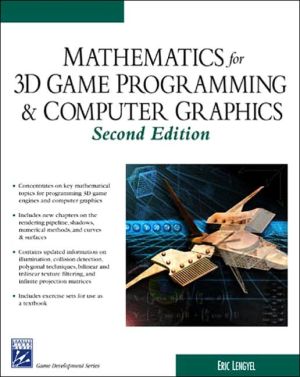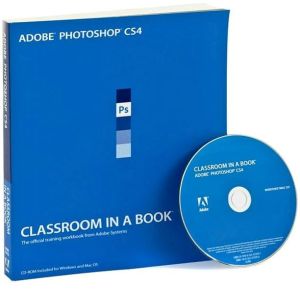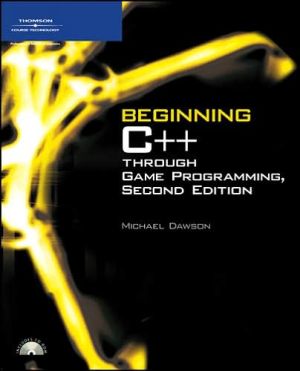Math For 3D Game Programming & Computer Graphics
This completely updated second edition illustrates the mathematical concepts that a game programmer would need to develop a professional-quality 3D engine. Although the book is geared toward applications in game development, many of the topics appeal to general interests in 3D graphics. It starts at a fairly basic level in areas such as vector geometry and linear algebra, and then progresses to more advanced topics in 3D game programming such as illumination and visibility determination....
Search in google:
Mathematics for 3D Game Programming and Computer Graphics, Second Edition illustrates all the mathematical techniques that software engineers, graphics programmers, and game programmers need to develop a professional-quality 3D engine, and has been completely updated to cover all the recent advancements in 3D graphics technology. In addition to providing all new information on illumination, collision detection, polygonal techniques, and much more, there are four completely new chapters covering the rendering pipeline, shadows, numerical methods, and curves and surfaces. Each chapter includes completely new summaries and exercise sets for additional practice, or for use as a textbook. The book assumes a working knowledge of calculus, trigonometry, and how to use 3D graphics libraries.KEY FEATURES Concentrates on key mathematical topics for programming 3D game engines Includes four completely new chapters on the rendering pipeline, shadows, numerical methods, and curves and surfaces Contains updated information on illumination, collision detection, and polygonal techniques, with new discussions on bilinear and trilinear texture filtering, infinite projection matrices, and much more Includes exercise sets for use as a textbook
Chapter 0 The Rendering Pipeline Chapter 1 Vectors Chapter 2 Matrices Chapter 3 Transforms Chapter 4 3D Engine Geometry Chapter 5 Ray Tracing Chapter 6 Illumination Chapter 7 Visibility Determination Chapter 8 Collision Detection Chapter 9 Polygonal Techniques Chapter 10 Shadows Chapter 11 Linear Physics Chapter 12 Rotational Physics Chapter 13 Fluid Simulation Chapter 14 Numerical Methods Chapter 15 Curves and Surfaces Appendix A Complex Numbers Appendix B Trigonometry Reference Appendix C Coordinate Systems Appendix D Taylor Series Appendix E Answers to Exercises








